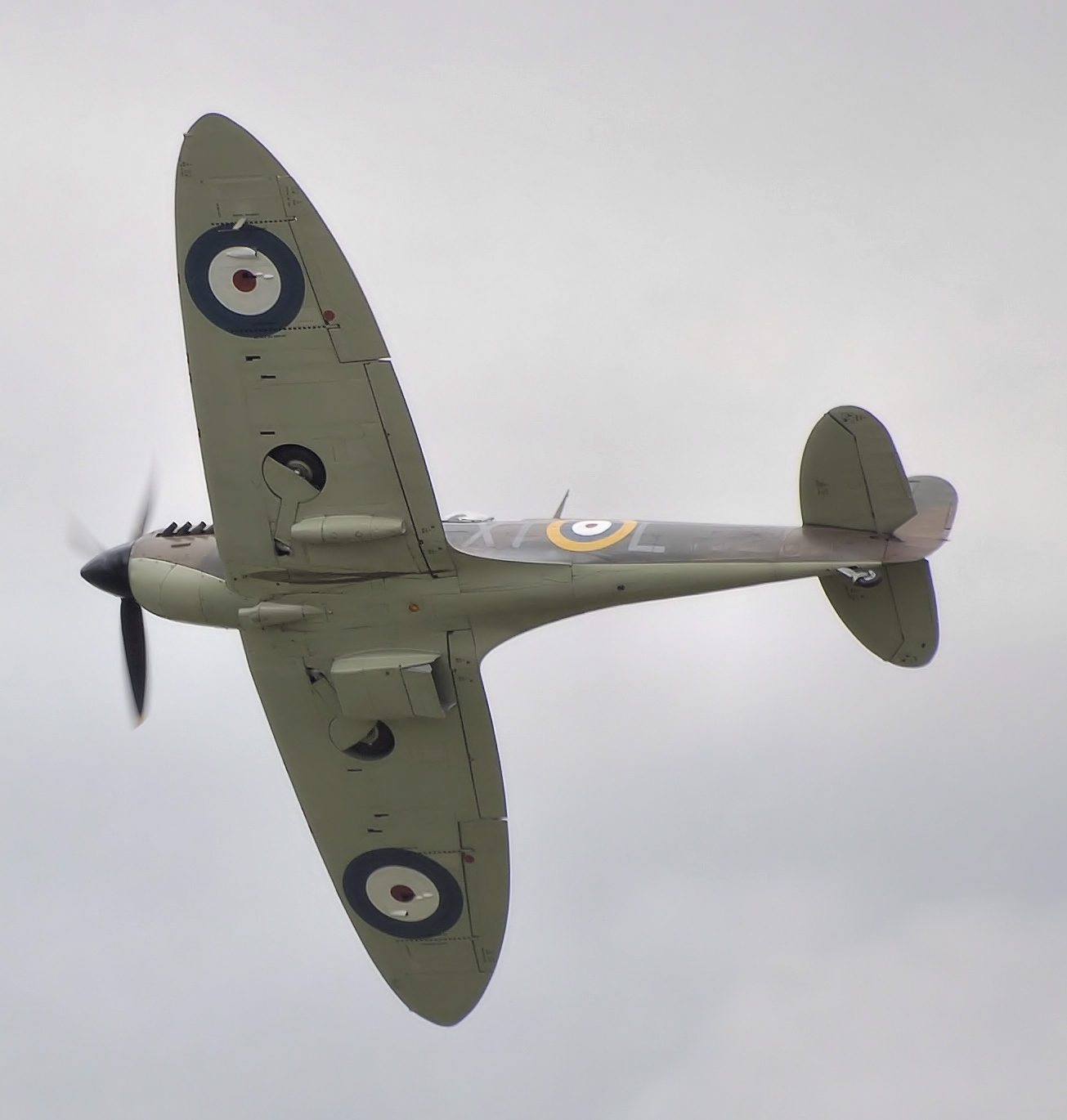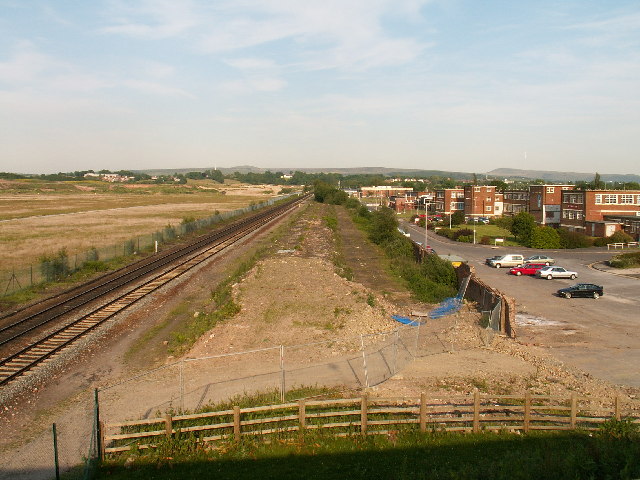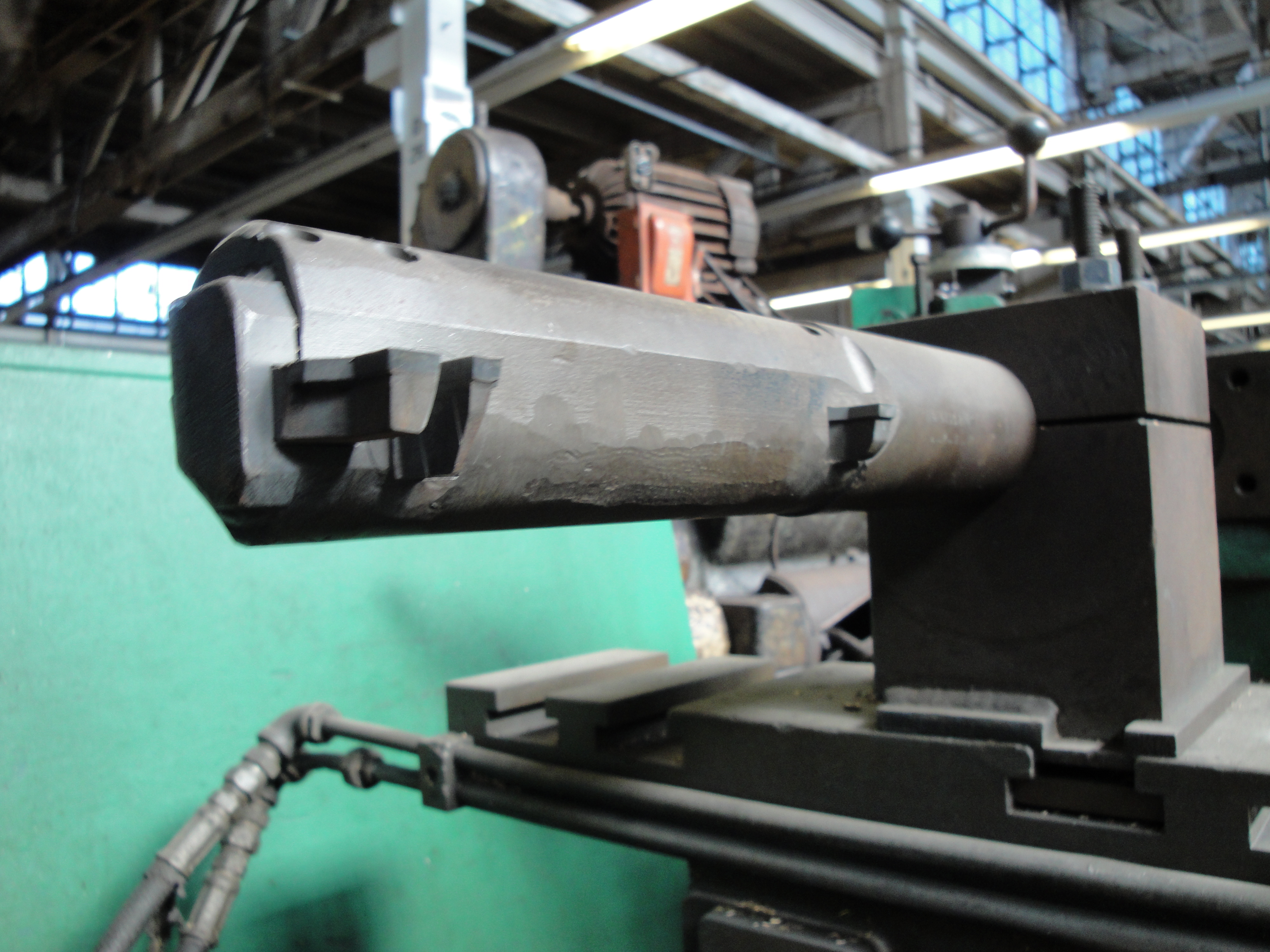|
BMARC
BMARC (British Manufacture and Research Company) was a UK-based firm designing and producing defence products, particularly aircraft cannon and naval anti-aircraft cannon. It was based on a site on Springfield Road (part of the A607) in Grantham, Lincolnshire. History Second World War Created and funded under the Air Ministry's Shadow factory plan headed up by Herbert Austin, the company was founded by William Denis Kendall. Shortly after start-up during the Second World War rearmament period, Kendall became MP for Grantham from 1942 to 1950. By 1943, its two production units fulfilled 46% of the UK's demand for the Hispano-Suiza 20 mm cannon. The remainder came from The Birmingham Small Arms Company Limited (BSA) shadow factory in Newcastle-under-Lyme, 25%; Poole Royal Ordnance Factory, 25%; and the Royal Small Arms Factory Enfield, 3%. At the time of the Battle of Britain in 1940, 20 mm cannon were only just starting to arm the Spitfire and Hurricane. By 1943, the ... [...More Info...] [...Related Items...] OR: [Wikipedia] [Google] [Baidu] |
William Denis Kendall
William Denis Kendall, (27 May 1903 – 19 July 1995), was an engineer, businessman, and politician. During World War II he was Managing Director of the armaments firm British Manufacture and Research Co ( BMARC), and from 1942-1950, he was the Member of Parliament for Grantham. In 1952 he emigrated to United States and set up American Manufacture and Research Co to build small diesel engines. Early life William Denis Kendall was born in Halifax, West Yorkshire. When he was fourteen, he ran away to sea and made £5,000—a huge sum at the time—helping police raid opium dens along China's Yangtze River before running a waterfront cabaret in Shanghai. He then relocated to the US as a steeplejack. Later, he went to work for a Philadelphia car plant and eventually became works manager for the Paris Citroen car factory. Career In 1938, Kendall went to Grantham, Lincolnshire, and became Managing Director of British Manufacture And Research Co ( BMARC), which was set up ... [...More Info...] [...Related Items...] OR: [Wikipedia] [Google] [Baidu] |
Grantham
Grantham () is a market and industrial town in the South Kesteven district of Lincolnshire, England, situated on the banks of the River Witham and bounded to the west by the A1 road. It lies some 23 miles (37 km) south of the Lincoln and 22 miles (35 km) east of Nottingham. The population in 2016 was put at 44,580. The town is the largest settlement and the administrative centre of South Kesteven District. Grantham was the birthplace of the UK Prime Minister Margaret Thatcher. Isaac Newton was educated at the King's School. The town was the workplace of the UK's first warranted female police officer, Edith Smith in 1914. The UK's first running diesel engine was made there in 1892 and the first tractor in 1896. Thomas Paine worked there as an excise officer in the 1760s. The villages of Manthorpe, Great Gonerby, Barrowby, Londonthorpe and Harlaxton form outlying suburbs of the town. Etymology Grantham's name is first attested in the Domesday Book (1086); its orig ... [...More Info...] [...Related Items...] OR: [Wikipedia] [Google] [Baidu] |
Melbourne Johns
Melbourne Johns (9 March 1901 – 7 August 1955) was a Welsh-born munitions factory worker who became known for having taken part in a World War II mission in France aimed at retrieving several pieces of machinery of military strategic value ahead of the German invasion. Biography Johns was born just outside the village of Hundleton, near Pembroke, in 1901, later attending Fishguard County School (now Ysgol Bro Gwaun). As an adult he moved to work in munition factories in England, often in Grantham. He married Catherine Williams in 1930. Sometime soon after the start of the war, he was working at the BMARC munitions factory in Grantham. Johns volunteered to go with a team to recover very important Deep Hole Boring Machines at the Hispano-Suiza works in France, against his bosses' wishes, before the invading Germans could get hold of them. Johns and the soldiers found the factory deserted, loaded the equipment onto a lorry and drove it away. They took it back to England. The ... [...More Info...] [...Related Items...] OR: [Wikipedia] [Google] [Baidu] |
Shadow Factory Plan
British shadow factories were the outcome of the Shadow Scheme, a plan devised in 1935 and developed by the British Government in the buildup to World War II to try to meet the urgent need for more aircraft using technology transfer from the motor industry to implement additional manufacturing capacity. The term 'shadow' was not intended to mean secrecy, but rather the protected environment they would receive by being staffed by all levels of skilled motor industry people alongside (in the shadow of) their own similar motor industry operations. A directorate of Aeronautical Production was formed in March 1936 with responsibility for the manufacture of airframes as well as engines, associated equipment and armaments. The project was headed by Herbert Austin and developed by the Air Ministry under the internal project name of the Shadow Scheme. Sir Kingsley Wood took responsibility for the scheme in May 1938, on his appointment as Secretary of State for Air in place of Lord Swi ... [...More Info...] [...Related Items...] OR: [Wikipedia] [Google] [Baidu] |
Royal Ordnance
Royal Ordnance plc was formed on 2 January 1985 as a public corporation, owning the majority of what until then were the remaining United Kingdom government-owned Royal Ordnance Factories (abbreviated ROFs) which manufactured explosives, ammunition, small arms including the Lee–Enfield rifle, guns and military vehicles such as tanks. It owned some 16 factories; and employed about 19,000 staff. Royal Ordnance plc was bought by British Aerospace (BAe) in April 1987, which became BAE Systems in 1999. The name Royal Ordnance was retained for almost another twenty years; and the sites retained their former names, either as ''Royal Ordnance'' or later ''RO Defence'' sites. The Royal Ordnance name was dropped in 2004 and after having traded as Land Systems, the division is now known as Land UK. History Royal Ordnance Factories The Royal Ordnance Factories (ROFs) can trace their history back to 1560 with the founding of the Royal Gunpowder Factory (RGPF) at Waltham Abbey, Essex. This ... [...More Info...] [...Related Items...] OR: [Wikipedia] [Google] [Baidu] |
Boring (manufacturing)
In machining, boring is the process of enlarging a hole that has already been drilled (or cast) by means of a single-point cutting tool (or of a boring head containing several such tools), such as in boring a gun barrel or an engine cylinder. Boring is used to achieve greater accuracy of the diameter of a hole, and can be used to cut a tapered hole. Boring can be viewed as the internal-diameter counterpart to turning, which cuts external diameters. There are various types of boring. The boring bar may be supported on both ends (which only works if the existing hole is a through hole), or it may be supported at one end (which works for both, through holes and blind holes). Lineboring (line boring, line-boring) implies the former. Backboring (back boring, back-boring) is the process of reaching through an existing hole and then boring on the "back" side of the workpiece (relative to the machine headstock). Because of the limitations on tooling design imposed by the fac ... [...More Info...] [...Related Items...] OR: [Wikipedia] [Google] [Baidu] |
The Foreman Went To France
''The Foreman Went to France'' (released in the USA as ''Somewhere in France'' ) is a 1942 British Second World War war film starring Clifford Evans, Tommy Trinder, Constance Cummings and Gordon Jackson. It was based on the real-life wartime exploits of Welsh munitions worker Melbourne Johns, who rescued machinery used to make guns for Spitfires and Hurricanes. It was an Ealing Studios film made in 1941 with the support of the War Office and the Free French Forces. All of the 'heroes' are portrayed as ordinary people caught up in the war. Plot In 1940, Welsh armaments factory foreman Fred Carrick goes to France on his own initiative to retrieve three large pieces of machinery for making cannon for Spitfires before the German army arrives. In Bivary, he requests the aid of two soldiers and, more importantly, use of their army lorry. He also gets the help of the company secretary in France, an American woman who needs to go north to find her sister who is a nurse. While in Franc ... [...More Info...] [...Related Items...] OR: [Wikipedia] [Google] [Baidu] |
Royal Small Arms Factory
The Royal Small Arms Factory (RSAF) was a UK government-owned rifle factory in Enfield (though some parts were in Waltham Abbey), adjoining the Lee Navigation in the Lea Valley. The factory produced British military rifles, muskets and swords from 1816. It closed in 1988, but some of its work was transferred to other sites. The factory designed and manufactured many famous British Army weapons including the Lee–Enfield rifles which were standard equipment during both World Wars. History The RSAF had its origins in a short-lived Royal Manufactory of Small Arms established in Lewisham in 1807. (The site in Lewisham was a mill where armour had been made since the fourteenth century; following its purchase by Henry VIII in 1530, it became known as the Royal Armoury Mills and served his armoury in Greenwich.) During the Napoleonic War, the increasing demand for large quantities of reliable weapons prompted the Board of Ordnance to look into building a new factory on a larger si ... [...More Info...] [...Related Items...] OR: [Wikipedia] [Google] [Baidu] |
RAF Faldingworth
Royal Air Force Faldingworth or more simply RAF Faldingworth is a former Royal Air Force station used during and after the Second World War. It was located close to the village of Faldingworth in Lincolnshire, England. Development By 1936 the RAF Expansion Scheme had overseen a period of rapid increases both in terms of aircraft operated and the development of new stations. The Faldingworth site was one of several earmarked under the expansion programme. As it developed, it made an increasingly dramatic imposition on the surrounding rural landscape such as to the Lincolnshire Edge, a Jurassic limestone ridge, which forms the distinctive backbone of the county from Whitton on the Humber Estuary in the north, down to Grantham in the south. It provides a continuous homogenous landscape of high quality agricultural land, with a number of local variations. To the west of the Edge, the gently undulating Trent Vale eventually flows into the moors and levels of Humberhead, draining t ... [...More Info...] [...Related Items...] OR: [Wikipedia] [Google] [Baidu] |
Ministry Of Aircraft Production
Ministry may refer to: Government * Ministry (collective executive), the complete body of government ministers under the leadership of a prime minister * Ministry (government department), a department of a government Religion * Christian ministry, activity by Christians to spread or express their faith ** Minister (Christianity), clergy authorized by a church or religious organization to perform teaching or rituals ** Ordination, the process by which individuals become clergy * Ministry of Jesus, activities described in the Christian gospels * ''Ministry'' (magazine), a magazine for pastors published by the Seventh-day Adventist Church Music * Ministry (band), an American industrial metal band * Ministry of Sound, a London nightclub and record label Fiction * Ministry (comics), a horror comic book created by writer-artist Lara J. Phillips * Ministry of Magic, governing body in the ''Harry Potter'' series * Ministry of Darkness, a professional wrestling stable led by ... [...More Info...] [...Related Items...] OR: [Wikipedia] [Google] [Baidu] |
Air-raid Shelter
Air raid shelters are structures for the protection of non-combatants as well as combatants against enemy attacks from the air. They are similar to bunkers in many regards, although they are not designed to defend against ground attack (but many have been used as defensive structures in such situations). During World War II, many types of structures were used as air raid shelters, such as cellars, Hochbunkers (in Germany), basements, and underpasses. Bombing raids during World War I led the UK to build 80 specially adapted London Underground stations as shelters. However, during World War II, the government initially ruled out using these as shelters. After Londoners flooded into underground stations during The Blitz, the government reversed its policy. The UK began building street communal shelters as air raid shelters in 1940. Anderson shelters, designed in 1938 and built to hold up to six people, were in common use in the UK. Indoor shelters known as Morrison shelters were int ... [...More Info...] [...Related Items...] OR: [Wikipedia] [Google] [Baidu] |




